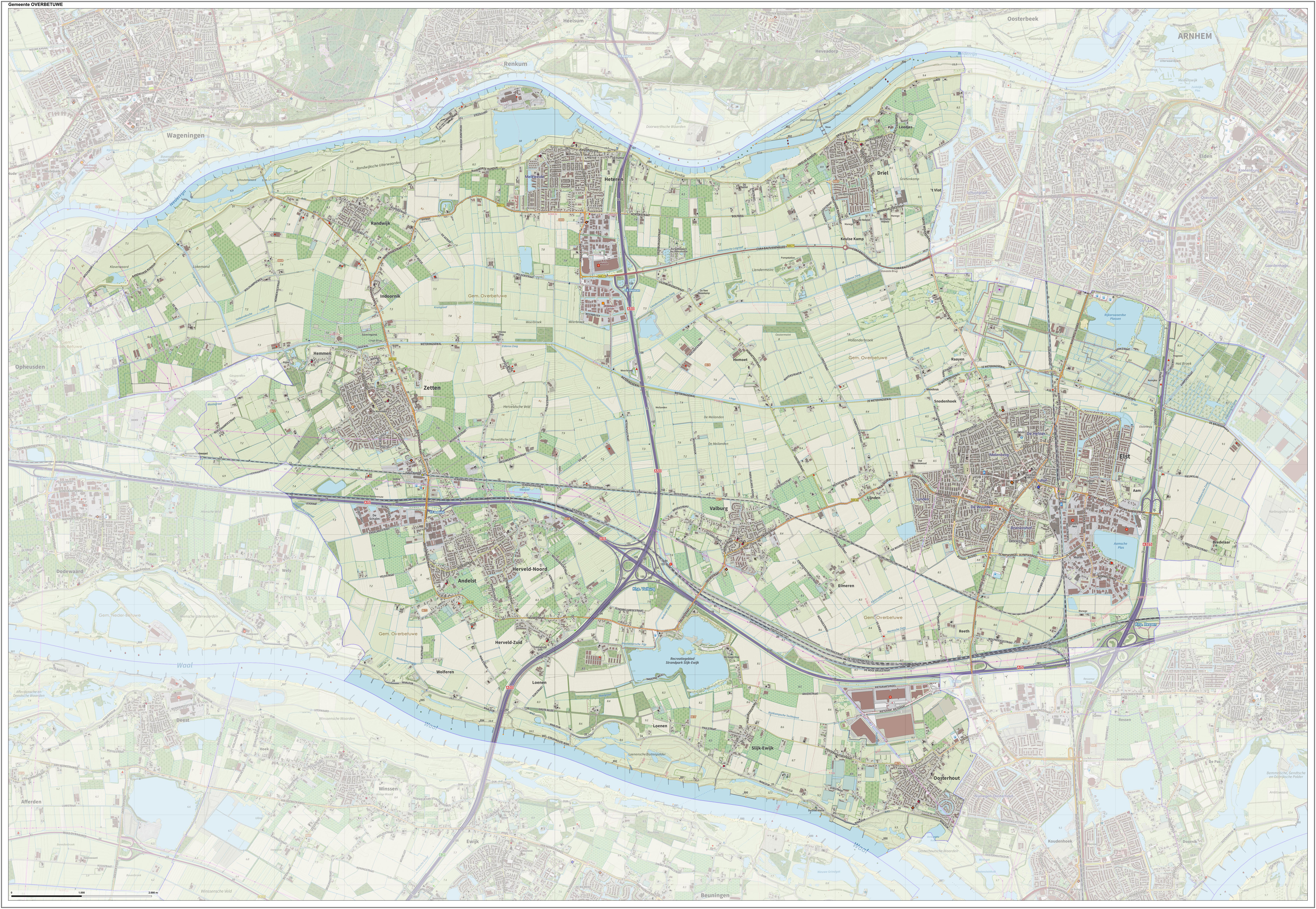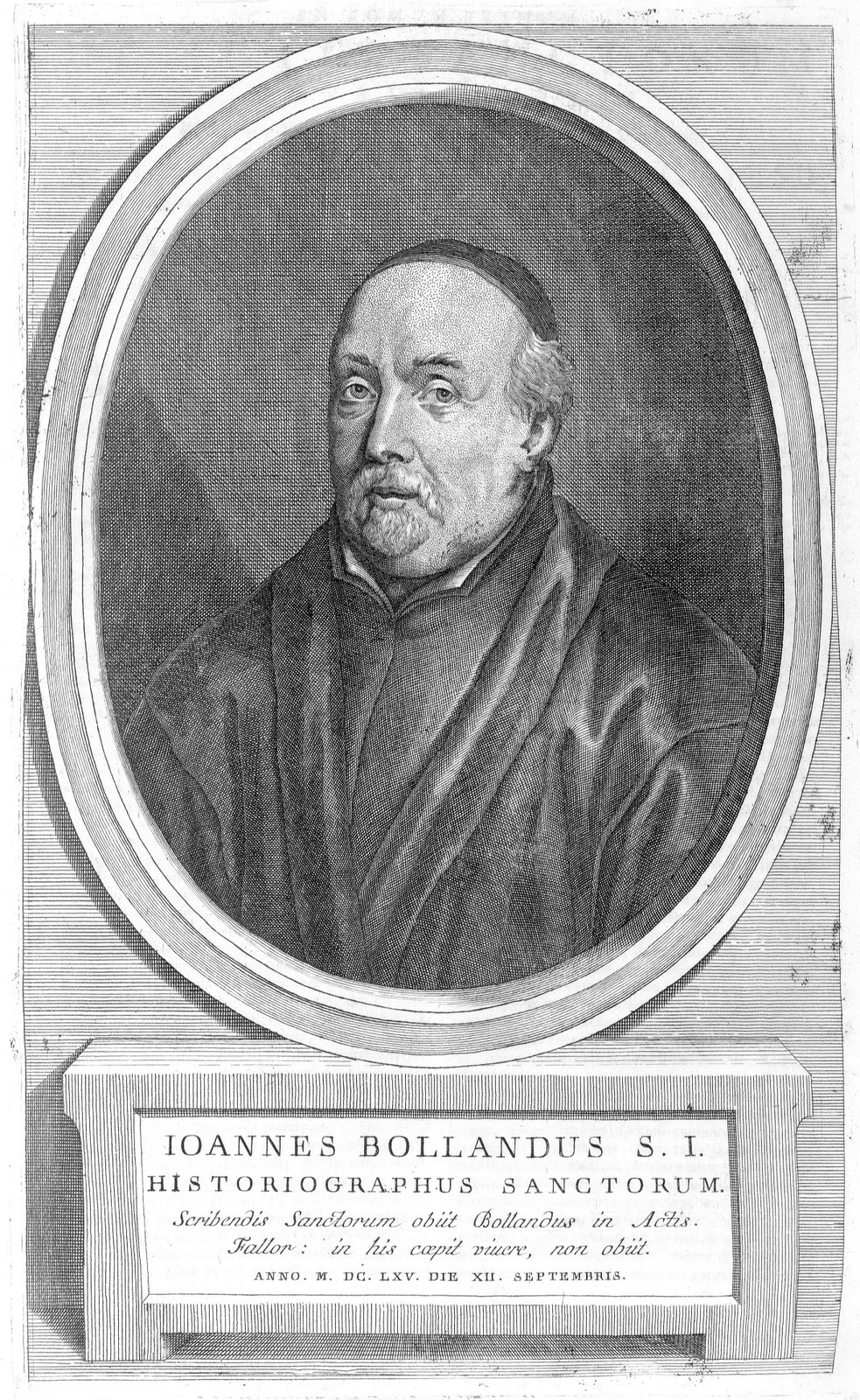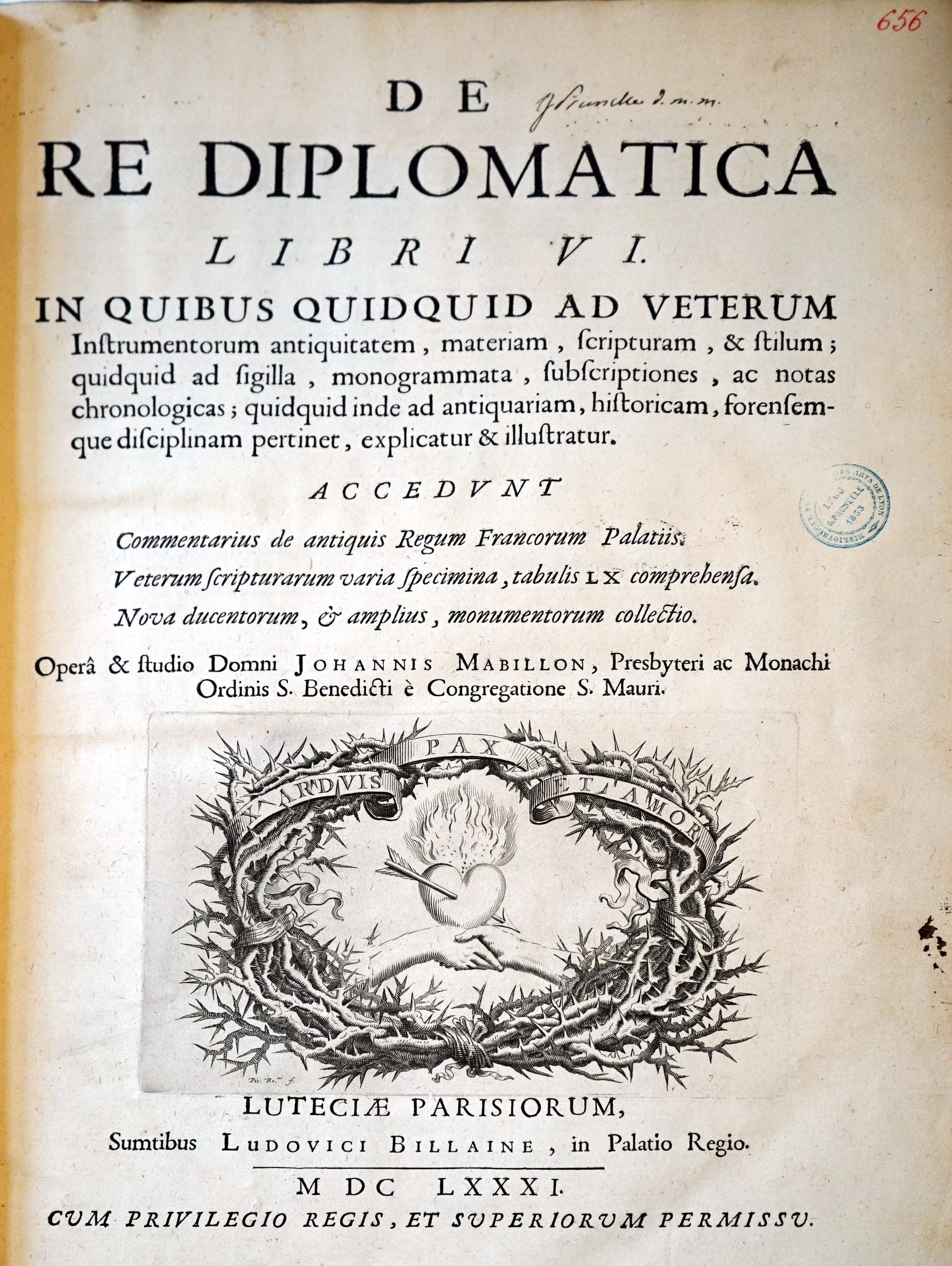|
Werenfridus
Saint Werenfried (or Werenfrid, Werenfridus; died ) was an English Benedictine monk, priest and missionary among the Frisians. His intercession is thought to relieve the pain of arthritis and to help gardeners. His feast day is 14 August. Life Werenfried was a Benedictine monk. He was probably born in Northumbria and spent time in Ireland before becoming a missionary. He worked with Saint Willibrord of Echternach to convert the Frisians to Christianity. He died around 780 at Arnhem, what is now the Netherlands. His coffin was placed in a boat that was washed down the Rhine and came to rest in Elst. The Overbetuwe Overbetuwe () is a municipality in the province of Gelderland in the Netherlands. It was formed on 1 January 2001 as a merger of three former municipalities: Elst, Heteren and Valburg. Overbetuwe is bordered in the north by the river Rhine and in ... municipal coat of arms depicts this event. The tomb of St. Werenfried in the 8th century church in what is now Elst a ... [...More Info...] [...Related Items...] OR: [Wikipedia] [Google] [Baidu] |
Arnhem
Arnhem ( or ; german: Arnheim; South Guelderish: ''Èrnem'') is a city and municipality situated in the eastern part of the Netherlands about 55 km south east of Utrecht. It is the capital of the province of Gelderland, located on both banks of the rivers Nederrijn and Sint-Jansbeek, which was the source of the city's development. Arnhem had a population of 163.972 on 1 December 2021, which made it one of the larger cities of the Netherlands. The municipality is part of the Arnhem–Nijmegen metropolitan area, which has a combined number of 774,506 inhabitants on 31 January 2022. Arnhem is home to the Hogeschool van Arnhem en Nijmegen, ArtEZ Institute of the Arts, Netherlands Open Air Museum, Airborne Museum 'Hartenstein', Royal Burgers' Zoo, NOC*NSF and National Sports Centre Papendal. The north corner of the municipality is part of the Hoge Veluwe National Park. It is approximately in area, consisting of heathlands, sand dunes, and woodlands. History Early history T ... [...More Info...] [...Related Items...] OR: [Wikipedia] [Google] [Baidu] |
Overbetuwe
Overbetuwe () is a municipality in the province of Gelderland in the Netherlands. It was formed on 1 January 2001 as a merger of three former municipalities: Elst, Heteren and Valburg. Overbetuwe is bordered in the north by the river Rhine and in the south by the river Waal. The city hall is located in Elst, the largest town in the municipality. Together with eighteen other municipalities it forms the ' Knooppunt Arnhem-Nijmegen' (English: 'Arnhem-Nijmegen conurbation'), or simply 'KAN', which is a regional collaboration. Towns Transportation Because of its central location between the cities of Nijmegen and Arnhem, many inhabitants of Overbetuwe commute between these cities. Three major highways are situated in the municipality; the A50, A15 and A325. Overbetuwe has two railway stations: Elst and Zetten-Andelst. Besides these two existing railway lines, a controversial freight line called the Betuweroute has been operational from 2007. Politics The gemeenteraad (city co ... [...More Info...] [...Related Items...] OR: [Wikipedia] [Google] [Baidu] |
John O'Hanlon (writer)
John Canon O'Hanlon MRIA (30 April 1821 – 15 May 1905) was an Irish Catholic priest, scholar and writer who also published poetry and illustrations, and involved himself in Irish politics. He is best known as a folklorist and a hagiographer, and in particular for his comprehensive ''Lives of the Irish Saints''. Life O'Hanlon was born in Stradbally, Laois. His parents were Edward and Honor Hanlon. He attended the Preston School in Ballyroan and then entered Carlow College to study for the priesthood. Before he completed his studies, however, he emigrated in 1842 with members of his family, initially to Quebec, but ultimately to Missouri in the United States of America (a migration perhaps occasioned by the death of his father). The family settled in Millwood in northeast Missouri. O'Hanlon was admitted to the diocesan college in St. Louis, completed his studies, and was ordained in 1847. He was then assigned a mission in the diocese of St. Louis, where he ministered until 185 ... [...More Info...] [...Related Items...] OR: [Wikipedia] [Google] [Baidu] |
Sculpture "Werenfridus" By Alphons Ter Avest, Elst, Overbetuwe, The Netherlands
Sculpture is the branch of the visual arts that operates in three dimensions. Sculpture is the three-dimensional art work which is physically presented in the dimensions of height, width and depth. It is one of the plastic arts. Durable sculptural processes originally used carving (the removal of material) and modelling (the addition of material, as clay), in stone, metal, ceramic art, ceramics, wood and other materials but, since Modernism, there has been an almost complete freedom of materials and process. A wide variety of materials may be worked by removal such as carving, assembled by welding or modelling, or Molding (process), moulded or Casting, cast. Sculpture in stone survives far better than works of art in perishable materials, and often represents the majority of the surviving works (other than pottery) from ancient cultures, though conversely traditions of sculpture in wood may have vanished almost entirely. However, most ancient sculpture was brightly painted, ... [...More Info...] [...Related Items...] OR: [Wikipedia] [Google] [Baidu] |
Laurentius Surius
Laurentius Surius (translating to Lorenz Sauer; Lübeck, 1523 – Cologne, 23 May 1578) was a German Carthusian hagiographer and church historian. Biography Laurentius Surius was born in Lübeck in 1523, to a wealthy and respected family. His father was a goldsmith. It is not certain whether his parents were Catholics or Lutherans. Peter Canisius suggests that he was born a Protestant. Surius' brother became a canon at Lübeck. In 1534 Surius began studies at the University of Frankfort-on-the-Oder. He may have left there due to an outbreak of the plague in 1536. He then went to Cologne, where he obtained a bachelor's degree in 1537, and a Master of Arts in 1539. Canisius was a fellow-student at Cologne. "His friendship with Canisius led to a fascination with Reform Catholicism, which combined his interests in the Reformation, Humanism, and the Early Church." [...More Info...] [...Related Items...] OR: [Wikipedia] [Google] [Baidu] |
Prince-Bishopric Of Utrecht
The Bishopric of Utrecht ( nl, Sticht Utrecht) was an ecclesiastical principality of the Holy Roman Empire in the Low Countries, in the present-day Netherlands. From 1024 to 1528, as one of the prince-bishoprics of the Holy Roman Empire, it was ruled by the bishops of Utrecht. The Prince-Bishopric of Utrecht must not be confused with the Diocese of Utrecht, which extended beyond the Prince-Bishopric and over which the bishop exercised spiritual authority. In 1528, Charles V, secularized the Prince-Bishopric, depriving the bishop of its secular authority. History Foundation The Diocese of Utrecht was established in 695 when Saint Willibrord was consecrated bishop of the Frisians at Rome by Pope Sergius I. With the consent of the Frankish ruler, Pippin of Herstal, he settled in an old Roman fort in Utrecht. After Willibrord's death the diocese suffered greatly from the incursions of the Frisians, and later on of the Vikings. Whether Willibrord could be called the first b ... [...More Info...] [...Related Items...] OR: [Wikipedia] [Google] [Baidu] |
Balderic Of Utrecht
Balderic of Cleves (Oldenzaal, 897 – Utrecht, 27 December 975) was a long-reigning and influential Bishop of Utrecht from 918 to 975. Although his father is only known from one document associating him with Betuwe, and his grave in his son's bishopric in Utrecht, the necrologium of Egmond in Utrecht calls his father count of Cleves (comes clivensis) and the necrologium of the Plechelmusbasilica in Oldenzaal, founded by Balderic, calls Balderic himself "Balderic of Cleves", "de clivis". Jongbloed (2006) argues that although the style of the title seems to be from a later generation, it should not be ignored. He also points to other evidence that the family had associations with the area, which was then referred to as the Duffelgau or Tubelgau. Balderic was a cousin of Duke Gilbert of Lorraine and the uncle of Bishop Balderic of Liège. He was the son of Count Ricfried in the Betuwe, who expelled the Vikings from Utrecht, after which Balderic, who like his immediate predecess ... [...More Info...] [...Related Items...] OR: [Wikipedia] [Google] [Baidu] |
Bollandist
The Bollandist Society ( la, Societas Bollandistarum french: Société des Bollandistes) are an association of scholars, philologists, and historians (originally all Jesuits, but now including non-Jesuits) who since the early seventeenth century have studied hagiography and the cult of the saints in Christianity. Their most important publication has been the ''Acta Sanctorum'' (The Lives of the Saints). They are named after the Flemish Jesuit Jean Bollandus (1596–1665). ''Acta Sanctorum'' The idea of the ''Acta Sanctorum'' was first conceived by the Dutch Jesuit Heribert Rosweyde (1569–1629), who was a lecturer at the Jesuit college of Douai. Rosweyde used his leisure time to collect information about the lives of the saints. His principal work, the 1615 ''Vitae Patrum'', became the foundation of the ''Acta Sanctorum''. Rosweyde contracted a contagious disease while ministering to a dying man, and died himself on October 5, 1629, at the age of sixty. Father Jean Bollandus wa ... [...More Info...] [...Related Items...] OR: [Wikipedia] [Google] [Baidu] |
Jean Mabillon
Dom Jean Mabillon, O.S.B., (; 23 November 1632 – 27 December 1707) was a French Benedictine monk and scholar of the Congregation of Saint Maur. He is considered the founder of the disciplines of palaeography and diplomatics. Early life Mabillon was born in the town of Saint-Pierremont, then in the ancient Province of Champagne, now a part of the Department of Ardennes. He was the son of Estienne Mabillon (who died in 1692 at the age of 104) and his wife Jeanne Guérin. At the age of 12 he became a pupil at the Collège des Bons Enfants in Reims. Having entered the seminary in 1650, he left after three years and in 1653 became instead a monk in the Maurist Abbey of Saint-Remi. There his dedication to his studies left him ill, and in 1658 he was sent to Corbie Abbey to regain his strength. In 1663 he was transferred again to Saint-Denis Abbey near Paris, and the following year to the Abbey of Saint-Germain-des-Prés in Paris. This was a move which offered wide opportunitie ... [...More Info...] [...Related Items...] OR: [Wikipedia] [Google] [Baidu] |
Alban Butler
Alban Butler (13 October 171015 May 1773) was an English Roman Catholic priest and hagiographer. Biography Alban Butler was born in 1710, at Appletree, Aston le Walls, Northamptonshire, the second son of Simon Butler, Esq. His father died when he was young and he was sent to the Lancashire boarding school ran by Dame Alice. He went on to a Catholic further education at the English College, Douai, in France. In 1735 Butler was ordained a priest. At Douai, he was appointed professor of philosophy, and later professor of theology. It was at Douai that he began his principal work ''The Lives of the Fathers, Martyrs and Other Principal Saints''. He also prepared material for Richard Challoner's ''Memoirs of Missionary Priests'', a work on the martyrs of the reign of Elizabeth. In 1745, Butler came to the attention of the Duke of Cumberland, younger son of King George II, for his devotion to the wounded English soldiers during the defeat at the Battle of Fontenoy. Around 1746, Butle ... [...More Info...] [...Related Items...] OR: [Wikipedia] [Google] [Baidu] |
St Augustine's Abbey, Ramsgate
St Augustine's Abbey or Ramsgate Abbey is a former Benedictine abbey in Ramsgate. It was built in 1860 by Augustus Pugin and is a Grade II listed building. It was the first Benedictine monastery to be built in England since the Reformation. In 2010, the monks moved to St Augustine's Abbey in Chilworth, Surrey. The site is now owned by the Vincentian Congregation from Kerala, India. The church of St Augustine, across the road from the abbey site, belongs to the Archdiocese of Southwark and is a shrine of St Augustine of Canterbury. History Augustus Pugin had built his home, The Grange, in Ramsgate, and St Augustine's Church next door. He donated the church to the Catholic Diocese of Southwark before his death in 1852, and The Grange remained in private hands. In 1856, the Bishop of Southwark, Thomas Grant, invited the Subiaco Cassinese Congregation of the Benedictines to form a monastic community in Kent and take over the running of the church. The abbey was built acros ... [...More Info...] [...Related Items...] OR: [Wikipedia] [Google] [Baidu] |
Gallo-Roman
Gallo-Roman culture was a consequence of the Romanization of Gauls under the rule of the Roman Empire. It was characterized by the Gaulish adoption or adaptation of Roman culture, language, morals and way of life in a uniquely Gaulish context. The well-studied meld of cultures in Gaul gives historians a model against which to compare and contrast parallel developments of Romanization in other, less-studied Roman provinces. ''Interpretatio romana'' offered Roman names for Gaulish deities such as the smith-god Gobannus, but of Celtic deities only the horse-patroness Epona penetrated Romanized cultures beyond the confines of Gaul. The barbarian invasions beginning in the late third century forced upon Gallo-Roman culture fundamental changes in politics, in the economic underpinning, in military organization. The Gothic settlement of 418 offered a double loyalty, as Western Roman authority disintegrated at Rome. The plight of the highly Romanized governing class is examined by ... [...More Info...] [...Related Items...] OR: [Wikipedia] [Google] [Baidu] |







